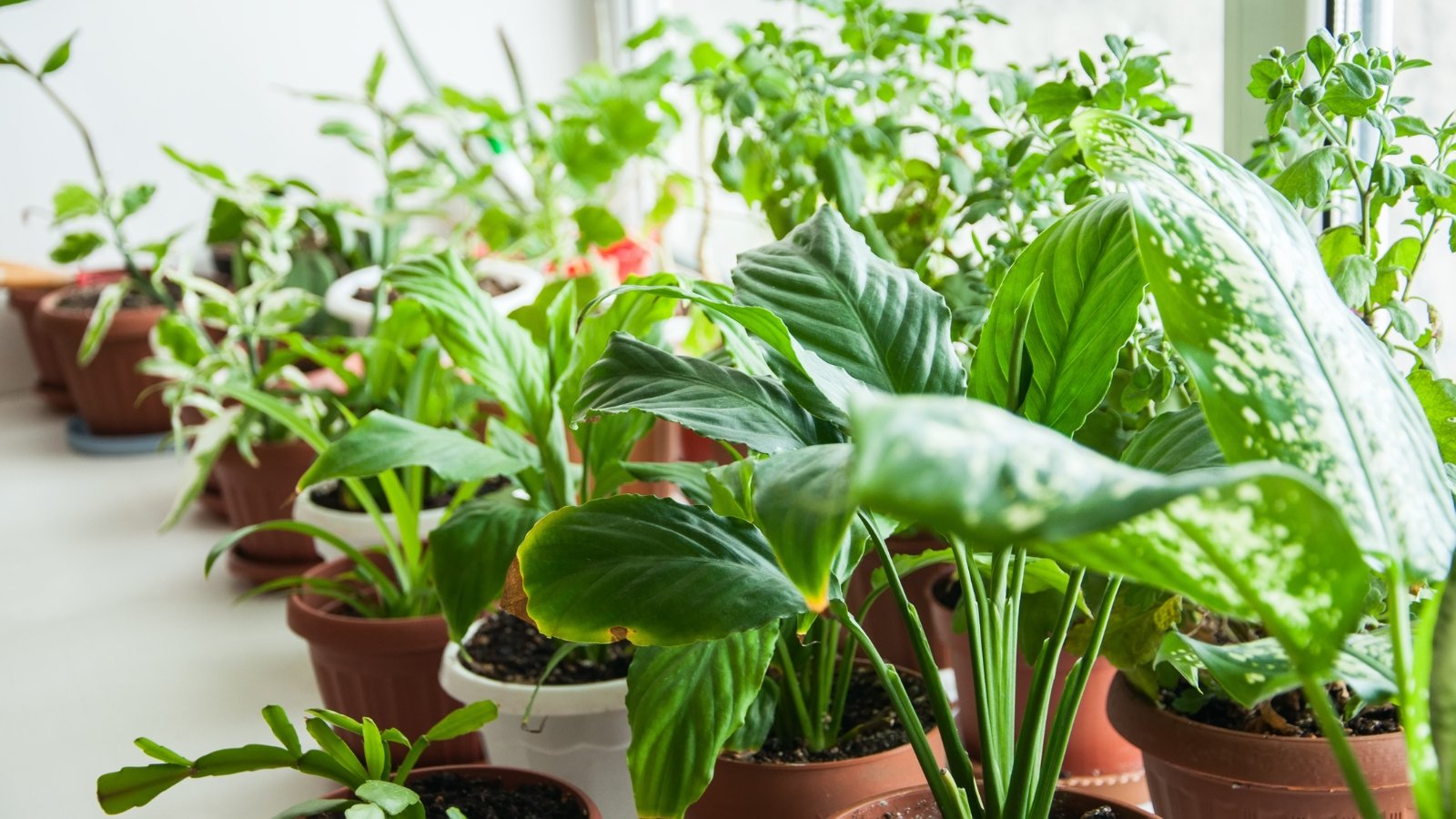[ad_1]
As temperatures drop and fall moisture arrives, your houseplants start craving to be indoors as soon as extra for the first time since last 12 months. They dislike extreme frosts and might begin to present brown and yellow whereas dropping their leaves. Convey them indoors sooner than the frosty local weather arrives to keep up them on their healthful progress monitor.
A “houseplant” is solely a plant you develop in your own home. It might be from tropical, desert, or temperate areas. The species we incessantly propagate are ones that respect our homes’ circumstances. They like common temperatures, common airflow, and shady areas. They thrive exterior within the summertime on account of the season resembles the settings of their native range.
As a result of the sunshine dissipates, rain falls, and bushes lose their leaves, houseplants expose themselves to adversarial circumstances that don’t match these of their native range. Your personal dwelling gives a larger dwelling for them at this degree, they often’ll expertise out the chilly months with ease.
With out further ado, listed beneath are 9 concepts for transitioning your houseplants indoors for the winter to permit them to outlive, thrive, and multiply!
Epic Develop Lights Small
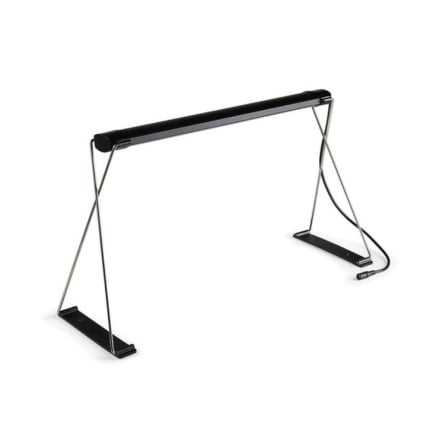

Taking beneath two sq. toes, our develop gentle is good for counter tops with out being an eyesore.
The LEDs have been designed for vegetative plant progress whereas nonetheless being vitality surroundings pleasant. There are 5 brightness settings that further allow you to regulate the depth of sunshine.
Study for Pests
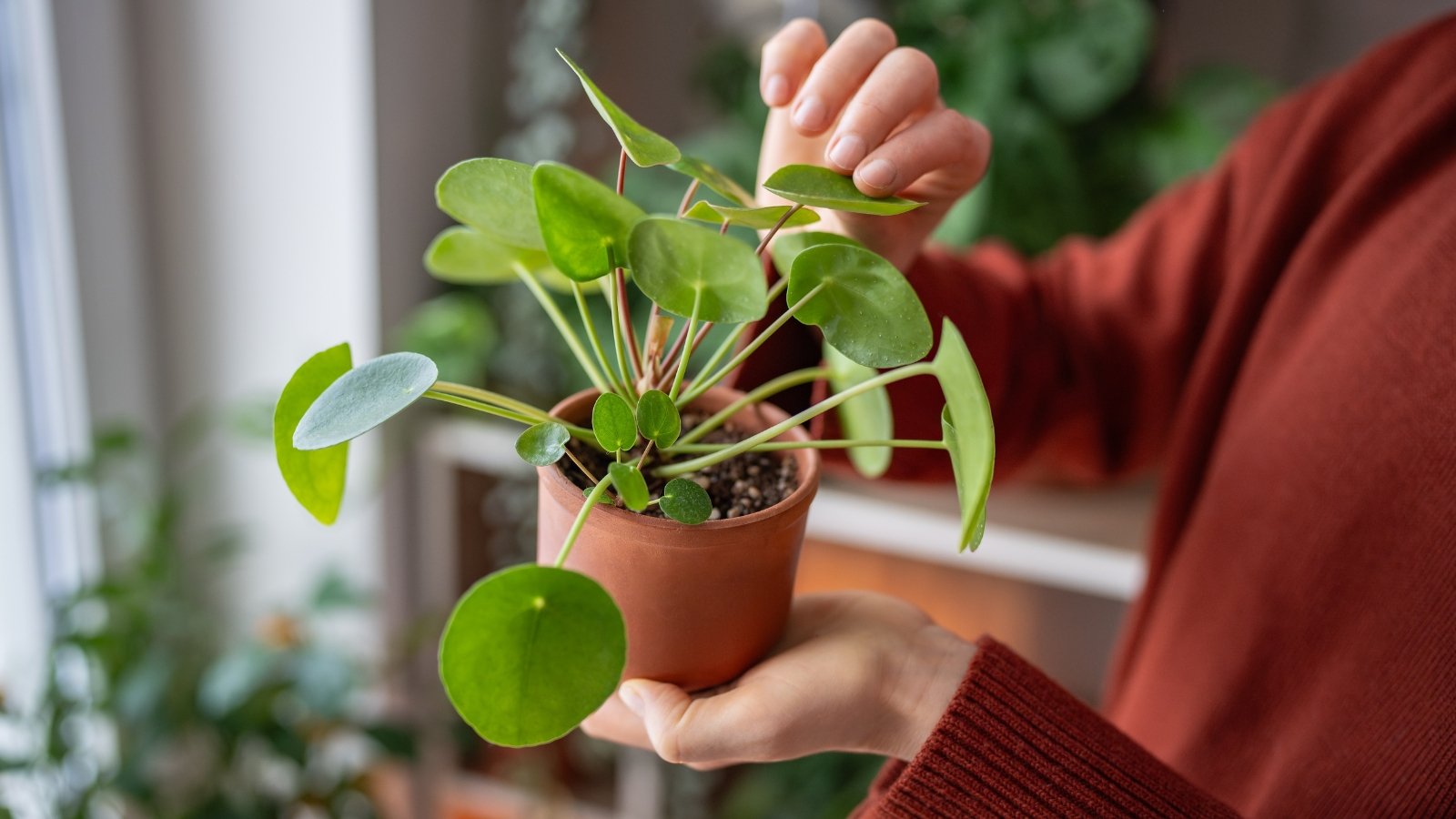

Indoors, there are partitions between fleshy vegetation and bug pests. They lack this security exterior and may carry eggs, adults, or larvae inside when you transition your houseplants. Inspecting every specimen sooner than you carry them inside helps mitigate infestations sooner than they occur.
The most common pests are aphids, thrips, spider mites, scales, and white flies. They’ve pure predators exterior that protect their populations in check. Although chances are you’ll even see aphids in your vegetation in summer season, you’ll moreover see ladybugs and birds consuming them. When you carry the vegetation inside, lurking pests uncover themselves in a warmth location with out pure predators. Their populations may explode with progress!
Start by rinsing every one among your houseplants with sturdy streams of water. This will knock most adults off the plant, although eggs and larvae may persist. Pests like thrips lay eggs contained within the leaves that hatch over time.
Use a preventative pure pest administration methodology like neem oil to zap totally different hiding insect pests. Skip the neem oil in relation to delicate and supple vegetation like aloe and totally different succulents. For these species, a light wipe with a damp material is sufficient.
Within the occasion you observed thrips or totally different egg-laying pests are inside the leaves, wait to hold your vegetation indoors until per week or two after treatment. Spray neem oil or an identical pure spray on the leaves and stems as soon as extra after the first week, and your vegetation will keep pest-free all through their transition.
Prune Lifeless or Diseased Parts
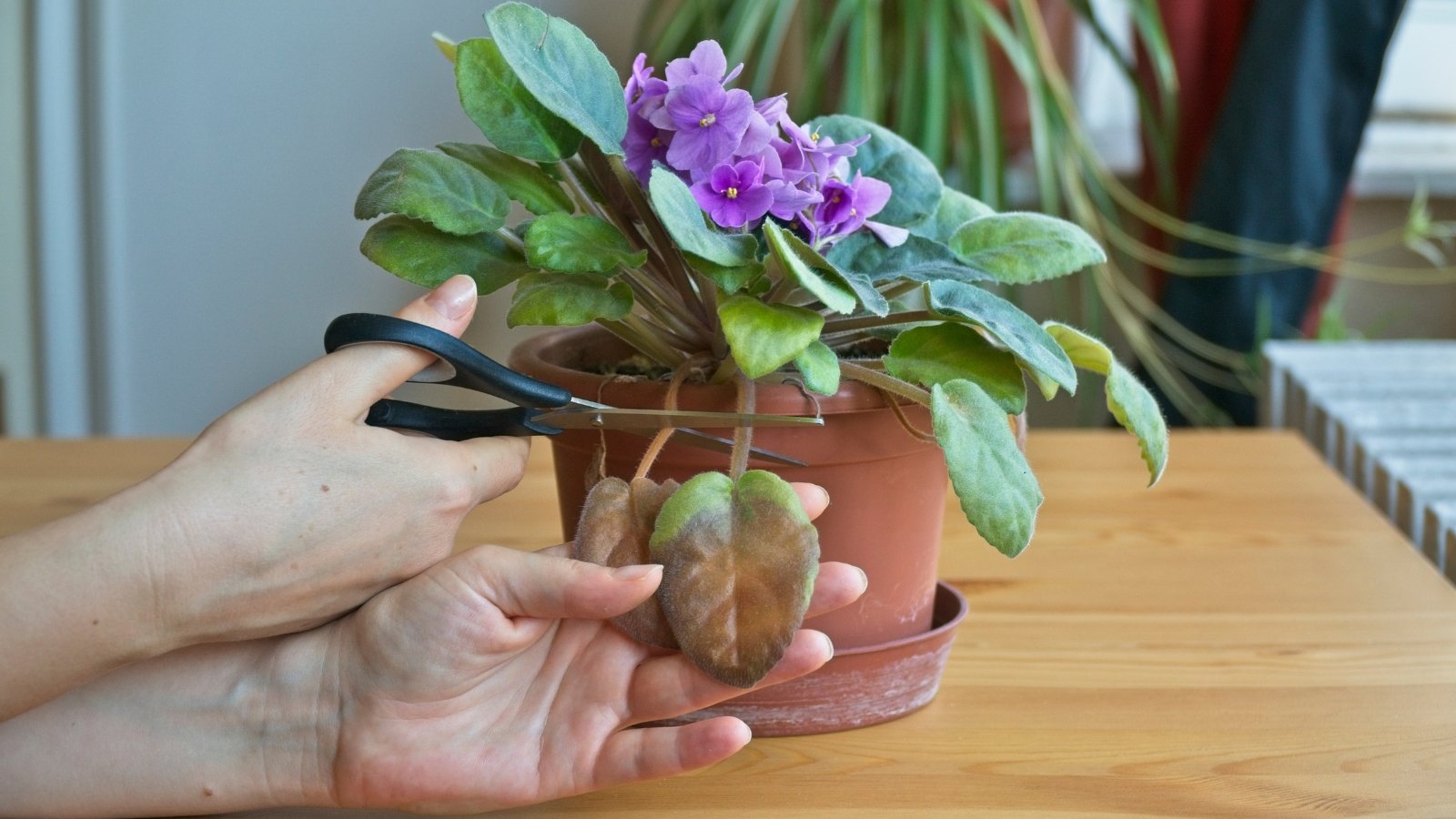

Like pests, sicknesses moreover thrive inside with light circumstances. Within the occasion you carry diseased houseplants indoors for the winter, they may unfold spores or viruses rampantly sooner than you probably can take care of them. Pruning diseased and ineffective elements off the vegetation helps their look and prevents the sickness from spreading, making them ideally suited decorations on your dwelling all through winter.
Start by discovering any leaves, stems, or sprouts which have spots or hurt on them. Snip these off and eliminate them away out of your yard; bury the scraps deep underground or scorching compost them to kill the sicknesses. Attempt to not prune larger than a third of the plant so it nonetheless has healthful progress to photosynthesize with.
Most plant pathogens reproduce from contaminated elements sooner than spreading to totally different hosts. Monitor your specimens for per week or two after pruning to ensure they don’t have fungal, bacterial, or viral infections, then switch them indoors when you’re optimistic they’re healthful.
Transplant Rootbound Vegetation


Over the summer season, your houseplants thrive with additional sunshine, warmth, and airflow. They respect the pure ambiance and develop sooner than they do indoors. This suggests just a few of your specimens may develop rootbound of their pots, or they’ll outgrow their containers. Give them a up to date start sooner than the transition to ensure they proceed sprouting healthful new progress.
It’s easy to see in case your vegetation are rootbound. Check out the drainage holes on the bottom of the pots to see if roots poke out of them. That’s one sign your houseplant needs repotting. If unsure, take away your plant from its container and look at the roots. Within the occasion that they circle about themselves near the sting of the pot, they’ll need transplanting.
Terribly rootbound specimens need some care sooner than you give them a model new dwelling. Slice off any circling or upward-growing roots, and place the rest in order that they attain downwards. Place your specimen in a model new container with up to date potting soil, and let it acclimate for a few days sooner than transitioning it indoors.
In relation to species that choose to be rootbound, depart them of their pots as is. Examples of species that have the benefit of being rootbound embody peperomia, African violets, peace lilies, and snake vegetation. Their progress will gradual inside the off-season, and chances are you’ll pot them up as soon as they begin actively rising in spring if it’s wanted.
Slowly Acclimate
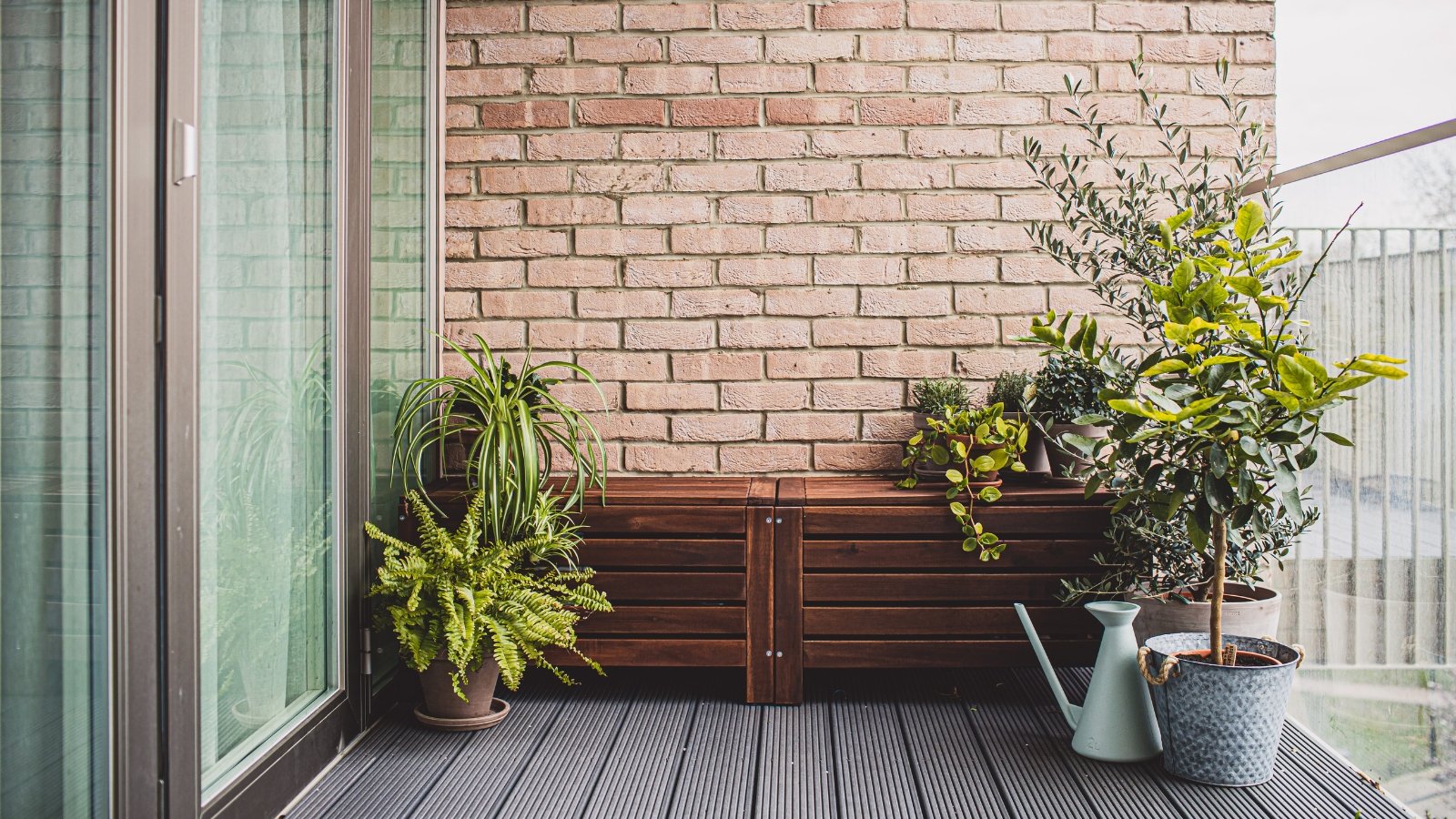

Merely as vegetable seedlings should acclimate to the surface, summer season houseplants ought to acclimate to indoor settings to rearrange for winter. Switch them too quickly, and they may drop leaves, halt their progress, or die! This virtually actually gained’t occur, although it may probably do you have to transition sun-loving houseplants to darkish areas in your own home.
Acclimate houseplants by inserting them beneath a porch, patio, or balcony for one to 2 weeks. Switch them indoors at evening again and again exterior by way of the day. You may also alternate the instances so your specimens have eventually inside and eventually exterior for two weeks.
Your vegetation may halt their progress in response to the transition, and some may lose a few leaves. Don’t be concerned; it’s a common response as a result of it adapts to new lighting, airflow, and temperatures. Take this course of as gradual as it’s best to stay away from harming your delicate perennials.
Choose A Vibrant Location
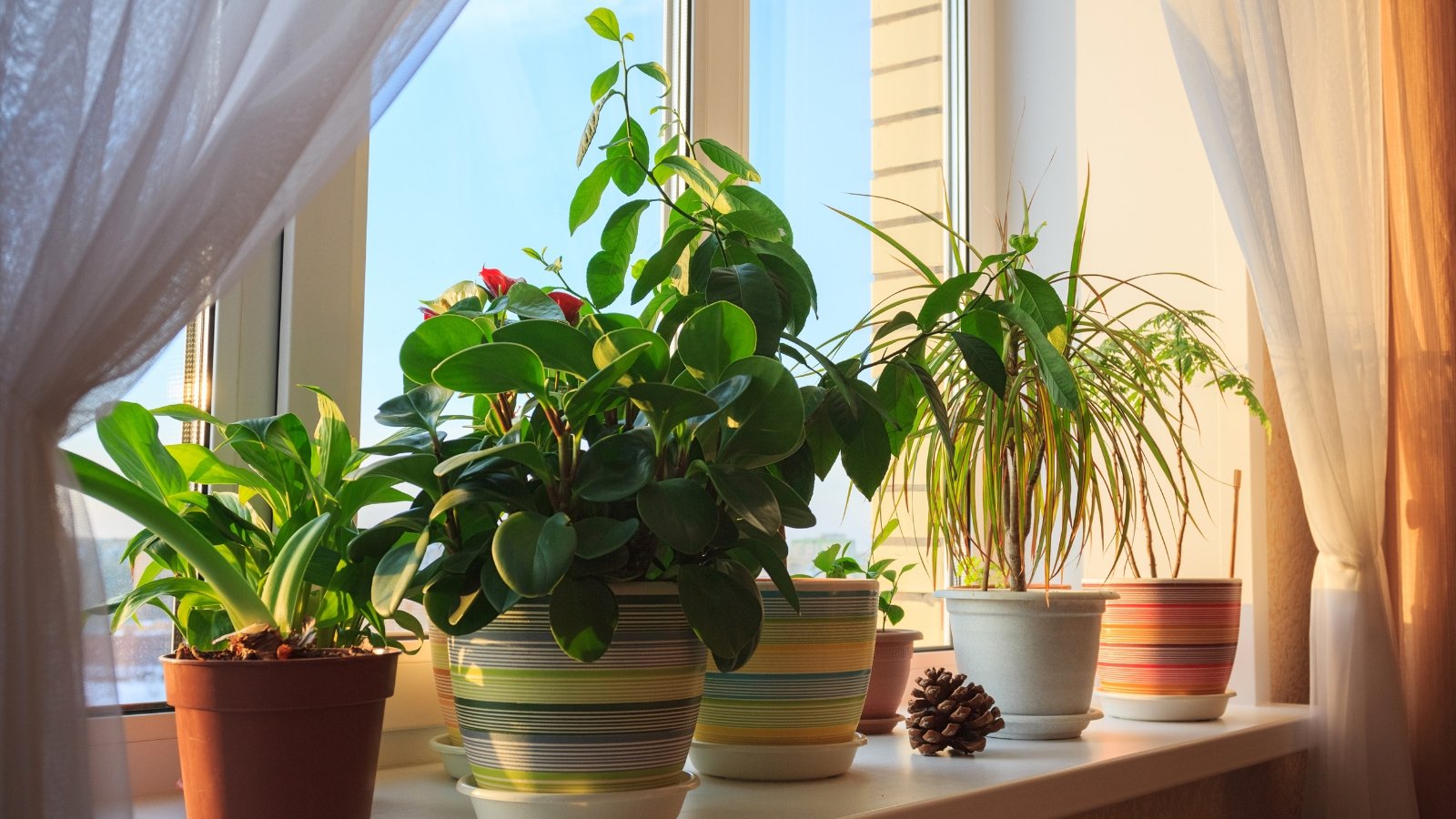

With out partitions, dwelling home windows, and a roof, the surface has slightly extra daylight accessible for vegetation than our homes. There’s dappled daylight that pops via tree canopies, direct daylight all by way of the day, and there’s filtered daylight penetrating totally different thin-leaved species. Partial shade exterior is also completely utterly totally different than partial shade indoors.
When transferring points indoors for winter, the most effective methods to know the place to put your houseplants is to test their reactions to new areas. Give them two weeks to acclimate to new areas, then check them to see within the occasion that they’re blissful. Weak vegetation with yellowing leaves, limp progress, or leggy stems need additional gentle than they at current get hold of.
Notably darkish homes may revenue from develop lights. These fixtures mimic the photo voltaic’s frequencies, providing light-hungry houseplants with the brightness they need to survive winter. It’s best to place the lights on a day by day timer so that you just don’t have to remember to indicate them on and off. Have them on whereas the photo voltaic is out, and program them to flip off as a result of the photo voltaic items.
Water A lot much less


A couple of of your houseplants will enter a state of dormancy as they switch indoors for the winter. Vegetation similar to the desert rose, plumeria tree, and royal poinciana tree lose most of their leaves, require a lot much less water, and stop needing fertilizer. Add an extreme quantity of water or nutritional vitamins, they often’ll drown all through this period.
One easy method to know when to water is to utilize the finger test. As vegetation suck up water from the soil, they depart dry grime behind. Stick your finger as deep as it may go inside the soil and pull it out. Keep off on watering do you have to sense moisture, and apply a great deal of water if it’s dry beneath the ground.
Completely different species that don’t enter winter dormancy usually need a lot much less water, too. Lower gentle ranges set off them to gradual their progress, meaning they take up a lot much less water, nutritional vitamins, and air. You’ll start watering your specimens often as days lengthen and warmth in spring—your houseplants will reply with quick, sturdy, and healthful sprouts.
Add Humidity
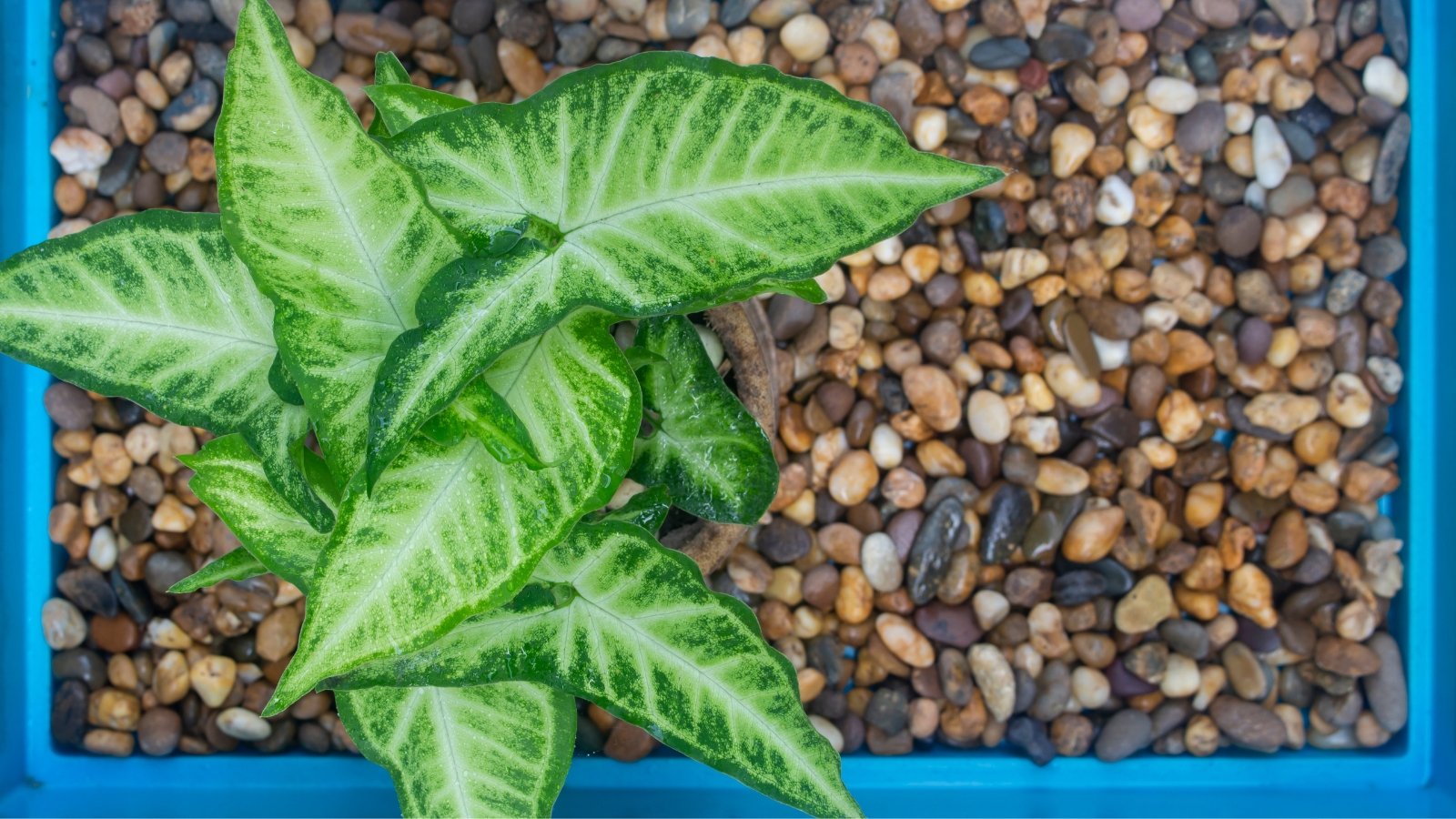

Species originating in tropical and subtropical zones may respect additional humidity than our homes present. Some like ambient moisture to keep up their leaves perky, vivid, and inexperienced. Winter circumstances are typically dry, as we use heaters that suck moisture out of the air. Battle this with a humidifier and in addition you’ll enhance your vegetation’ nicely being all by way of the cool months.
One different easy decision is a rock tray with water. The water evaporates slowly with out soaking the soil, creating further humidity spherical your species. This technique could be very useful for widespread houseplants like calatheas, spider vegetation, and philodendrons, as a result of it helps them push new progress with out brown or yellow concepts.
To make a humidity tray, first uncover plant saucers. Use plastic or glass instead of terra cotta, as terra cotta can leach moisture out of the within of the pot. Place pebbles or small rocks inside the saucer, then fill it with water so the moisture sits a little bit of beneath the saucer’s edge. This retains water continually evaporating whereas providing adequate drainage in your plant infants.
Look forward to Drafts


Air drafts, every cold and warm, harm healthful progress indoors. Open dwelling home windows and space heaters blow terribly chilly or scorching air that threatens delicate houseplants. Within the occasion you’re acutely aware of a really drafty spot in your own home, try inserting the hardest of your vegetation in these areas. Houseplants like pothos, ZZ, and snake vegetation are various the toughest ones that survive drafty areas.
Although strong species survive drafts, they may not like them. Monitor your houseplants intently to see how they react. While you uncover a form that thrives whatever the drafts, you’ll want to remember it! It’ll be an indispensable species for you and your property.
In case your houseplants need loads of gentle nevertheless don’t like being near chilly dwelling home windows, take into consideration a few strategies to help them. You’ll situate them away from the window with develop lights. You may also place them near a heater with a humidifier to cancel out the current, dry air. One other selection is inserting them near a cool window with a heater and a humidifier to keep up the houseplants warmth, lit, and humid with out develop lights.
Propagate Extended Stems
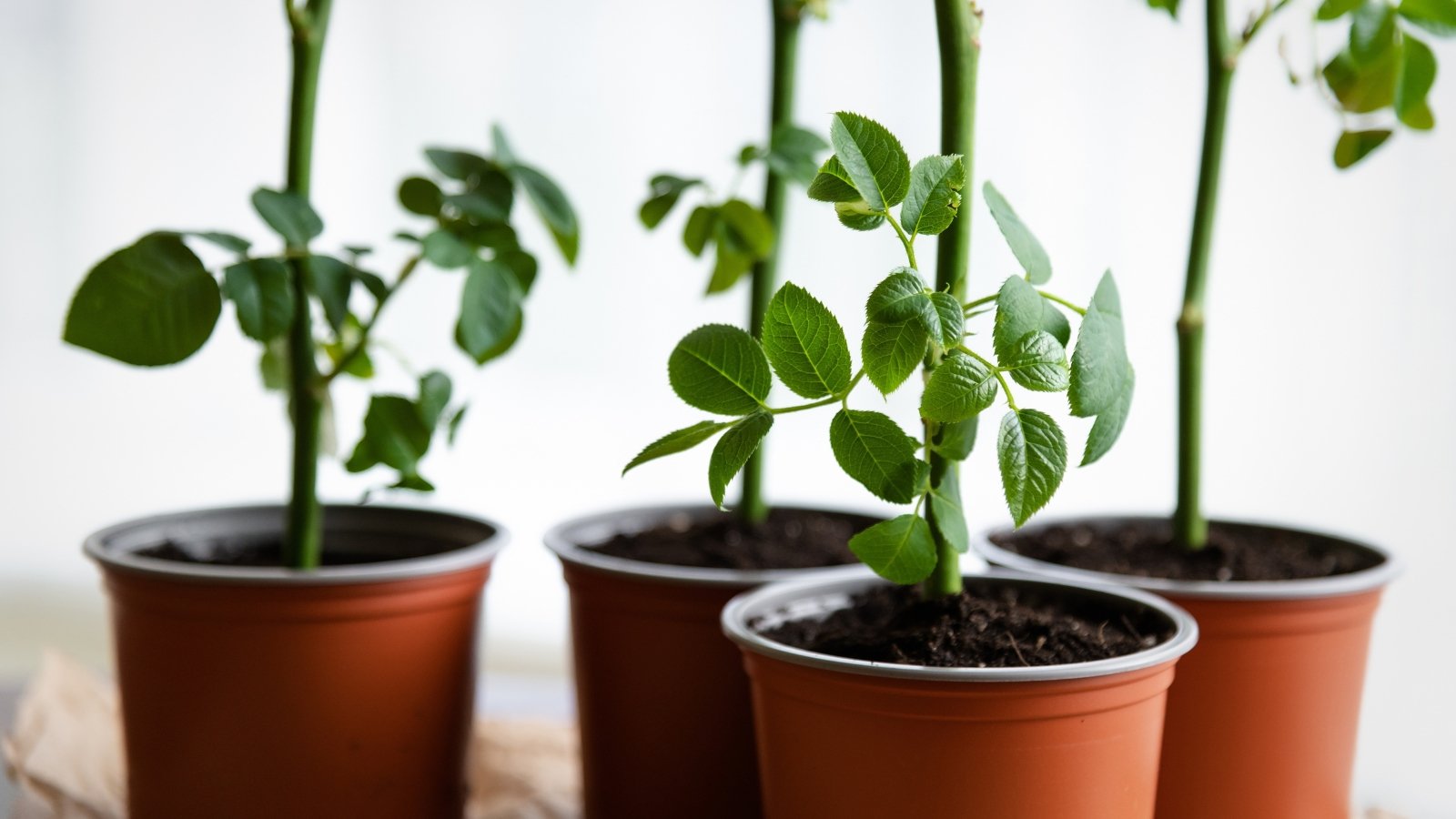

No matter your best efforts, some houseplants couldn’t similar to the indoors all through winter! Succulent species like burro’s tail or tree houseleeks develop leggy with low gentle and funky temperatures. Take advantage of these extended stems and propagate them into up to date, bushy, and powerful specimens.
Start taking cuttings as a result of the stems develop leggy. Strip their lower leaves, then place the cuttings in containers with new potting soil. Water them correctly, place them beneath vivid gentle, and ensure the soil stays moist nevertheless not soggy. They’ll root in a few days or maybe weeks and develop bushy new sprouts with adequate lighting.
I choose to propagate houseplants in late winter and early spring to take the transplants exterior for the rising season. This vogue, I can protect my houseplants indoors year-round whereas I have the benefit of their participating qualities inside the outdoor yard. Although they respect the surface, sustaining some indoors offers ornamental price to your bedrooms, loos, and residing rooms.
Key Takeaways
- Houseplants are like each different plant—they’ve needs that match their native habitats. Give them what they need they often’ll thrive indoors by way of the winter.
- The biggest downside for houseplants is gentle; there’s usually not adequate of it! Use develop lights in case your property is simply too darkish for them.
- Drafts are the silent killers of houseplants! Avoid inserting your tender vegetation near heaters or chilly, open dwelling home windows.
- Clear the leaves, take away pests, and prune off diseased elements sooner than bringing houseplants indoors.
- Monitor the vegetation all by way of the chilly months to ensure they hold blissful, healthful, and thriving.
[ad_2]
Provide hyperlink
